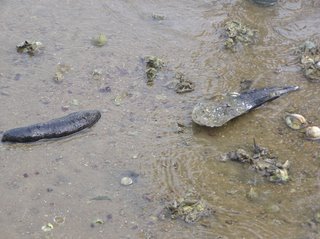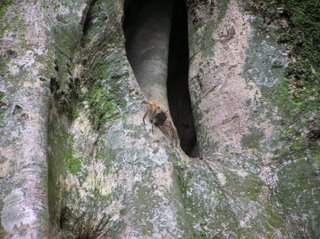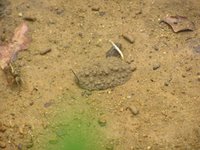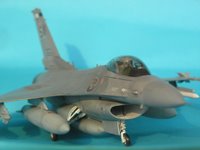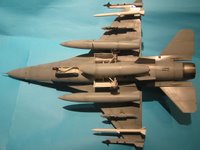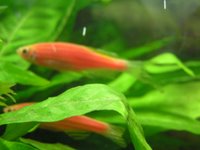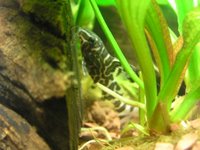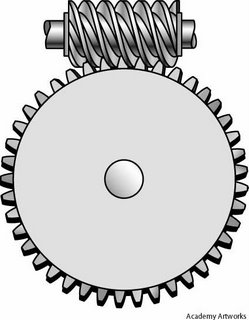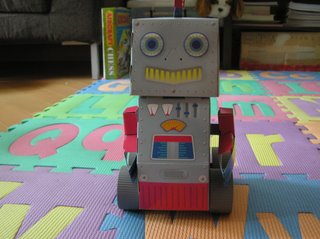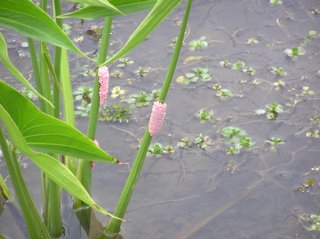Thursday, August 31, 2006
Tuesday, August 29, 2006
Sunday, August 27, 2006
Saturday, August 26, 2006
Wednesday, August 23, 2006
Emission trading – a new hope to a clear sky?
The filthy air in Hong Kong is getting harder to breathe. Expatriates even receive ‘hardship allowances’to compensate for their sufferings. Air pollution has been on the top of the agenda since Tung’s administration. The high profile launch of ‘Blue sky campaign’ by Tsang’s administration doesn’t make a difference. The air is still filthy and choking! Tighter pollution control act such as the ban of the high sulphur gasoline has effectively curbed the emissions from vehicles. However, control of emissions from factories and power plants in mainland China is out of reach of the SAR government.
Tightening the law on emissions has been seen by mainland officials as a contrading policy halting the booming economy in China. Therefore, act of this kind is unpopular and seems to be ineffctive in abating air pollution owing to its passive nature. Local environmental agency is now thinking of the possibility of introducing ‘Emission Trade’ as an alternative to the current solution of air pollution. ‘Emissions trading is an administrative approach used to control pollution by providing economic incentives for achieving reductions in the emissions of pollutants.’(Wikipedia, 2006).
In such a plan, the government sets a limit on the amount of a pollutant that can be emitted. Companies or other groups that emit the pollutant are given permites which represent the right to emit a specific amount. The total amount of permits cannot exceed the cap, limiting total emissions to that level. Companies that pollute beyond their permits must buy permits from those who pollute less than their allowances. This transfer is referred to as a trade. In effect, the buyer is being fined for polluting, while the seller is being rewarded for having reduced emissions. The more firms that need to buy permits, the higher the price of permits becomes -- which makes reducing emissions cost-effective in comparison.
Because emissions trading uses free markets to determine how to deal with the problem of pollution, it is often touted as an example of effective free market environmentalism. While the cap is usually set by a political process, individual companies are free to choose how or if they will reduce their emissions. Moreover, the government does not need to regulate how much each individual company emits, making cap and trade a very cost-effective method of controlling pollution on a large scale.
One critical part of emission trading is enforcement. Without effective enforcement, the permits have no value.
However, enforcement is never easy. It is quite expensive for the agency to monitor the measure facilities of those companies emitting pollutants and the burden may be translated into special taxes. Another problem is the benchmarking of enforcement standard. In mainland China where corruption is under table. Companies owners may find it far less expensive to corrupt inspectors than purchase emission permits. The net effect of corrupted agencies is the discount on the emissions permits and greater pollution.
The idea of introducing ‘Emission Trading’ is innovative and the success of this scheme relies upon the determination of administration from both sides on matters such as enforcement and anti-grafting measures. I am not pessimistic on the successful implementation of this scheme because the health hazard caused by poor air quality does incur a cost to human capital, which is an essential element sustaining the economic growth in China.
Monday, August 21, 2006
Yan Chau Tong Field Trip
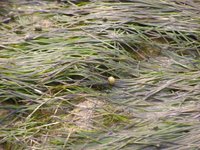 The mudflat in Yan Chau Tong is one of the largest nursery grounds for sea grass.
The mudflat in Yan Chau Tong is one of the largest nursery grounds for sea grass.Questions:
(1) Does this plant belong to the algal group?
(2) How does it reproduce?
(3) What are the ecological roles of sea grass?
Answers:
(1) No. In fact, sea grass is a kind of flowering plants.
(2) It reproduces by water borne pollens and seeds.
(3) It provides the nursery ground for fish, invertebrates and even mammals (e.g. Sea cow)
Sunday, August 13, 2006
Friday, August 11, 2006
Thursday, August 10, 2006
Wednesday, August 09, 2006
Freshwater snail
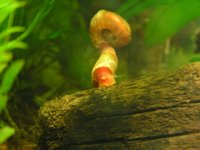
This photo shows the courtship behaviour of freshwater snails. I also observed that this freshwater snail grazes on the leaf surface of aquatic plants. They seem to graze on the epiphyte (algae growing on the leaf surface). Do you know the inter-relationship bewteen freshwater snails and the aquatic plants? It the relationship beneficial to both partners?
Tuesday, August 08, 2006
aquarium
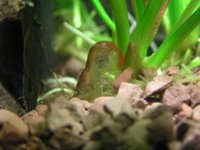
This freshwater shrimp is a new member of my aquarium. Based on my observation, it is a nocturnal animal (being active at night). Can you see the eggs hanging around in the abdominal appendages? She is moving its tail and appendages in order to create water current that may bring more oxygen to the developing eggs. I am not quite sure whether she is ready to lay eggs or not.
Do you have further information on the ecology of this species of freshwater shrimp?
Monday, August 07, 2006
What do the grades of HKCEE mean to you?
The coming Wednesday is an important date to all S5 students. They will receive their first public examination results, which to a certain extent, determine the way a Form 5 graduate should go. A feature article in today’s Mingpao is about an interview with Form 5 graduates in the ’90s. Some are high achievers scoring 9As and 10 As in HKCEE and some seldom secure one mark in the public examination.
Reporting the glittering results of students coming from the traditional and region famous schools is a norm for mass media in every August. They glorify how bright and hardworking these students are. Only a handful report is on following up the further development of these bright students. In the feature article, an ex-10A s student, a HSBC management trainee today, expresses his feeling after scoring 10As in HKCEE. “At that moment, I feel that I am on the top of the world but later on as I studied A-level, I found that I was not that bright!” He said. He also added that being success in the workplace is nothing to do with HKCEE results. “If I were given a chance, I would have chosen to get 6As so that I would have more room to explore other aspects of school life like organizing activities and knowing more friends.” He said.
The report also follows up the career path of some HKCEE losers in the ‘90s. One interviewee said, “Failure in the examination did not deter my determination to be an entrepreneur. Good grades are not tantamount to success in the workplace. It is your attitude that counts.”
Some of my students who are the potential losers in HKCEE always cite Li Ka Shing as their ‘role model’ as he succeeds without taking part in any public examinations. But I am sure they miss one important point. Mr. Li did not fail in school. The desperate social and economic environment at that time barred him from further formal schooling. He is an active learner and always spares his time on reading and learning. His success is attributed to his talent, hard work and attitude but not only on sheer luck.
Sunday, August 06, 2006
Winners Are Made, Not Born
The great success of our time are just extraordinary people on whom fate smiled, aren’t they?
No, in reality, they’re not. Successful people get where they are by following a strategic plan. They learn what it takes to get ahead.
We understand that to build a house it takes a plan, a blueprint, but we sometimes forget that to build a successful life, it also takes a blueprint.
Extracted from ‘The 100 Simple Secrets of Successful People’ by David Niven, Ph.D.
Saturday, August 05, 2006
Friday, August 04, 2006
Science Experiment for kids (Part VI)
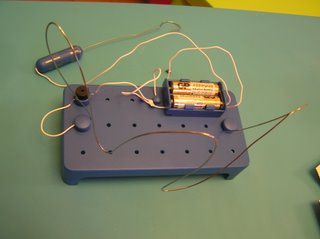 Home-made buzz wire
Home-made buzz wireThis simple circuit shows how a home-made buzz wire is made. My daughter enjoyed the whole making process, despite she had no idea of what electric circuit is. I also tried something new with this circuit - the addition of a light bulb.
Question:
Do you know how to include a light bulb in this circuit and how many possible options are available?
Thursday, August 03, 2006
Science Experiment for kids (Part V)
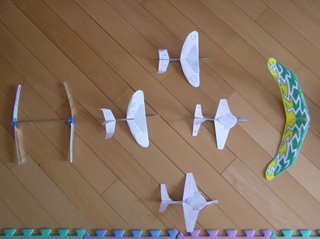
Airplanes in formation
My daughter is interested in airplane flight. She put all the planes she has flown in formation. Can you identify the twin-rotors and the tailess plane? Unlike the conventional airplane, tailess plane has no horizontal stabilizer and vertical fin to maintain its balance. How does a tailess plane maintain its balance without their aids during flight?
